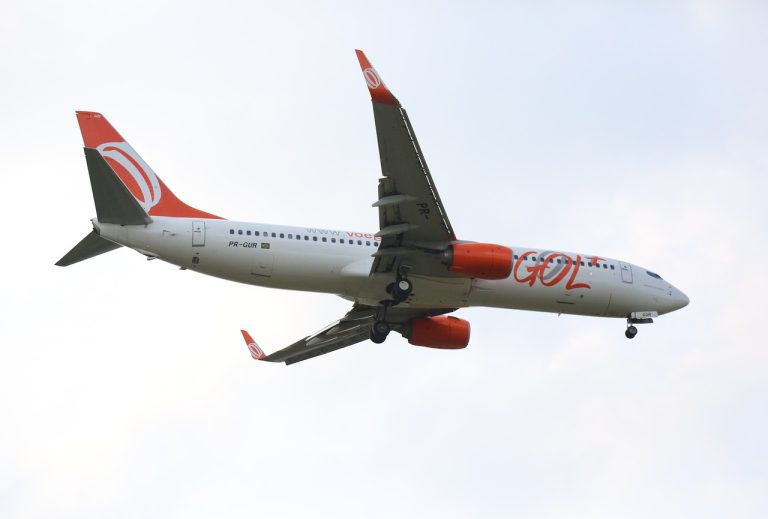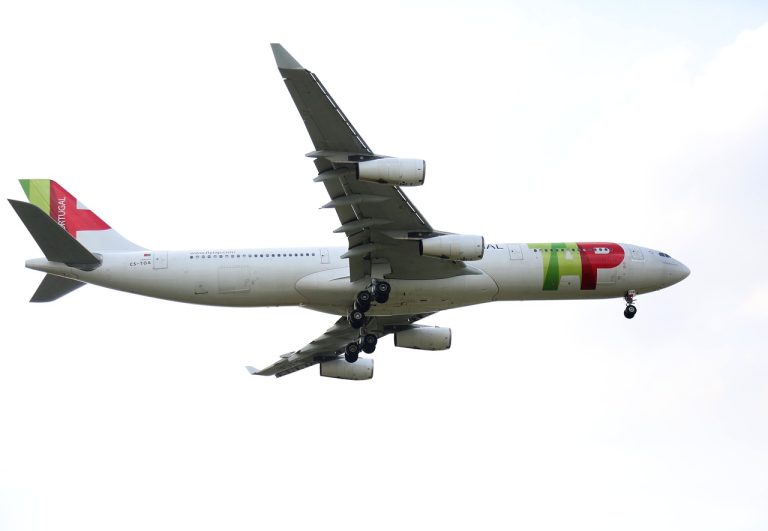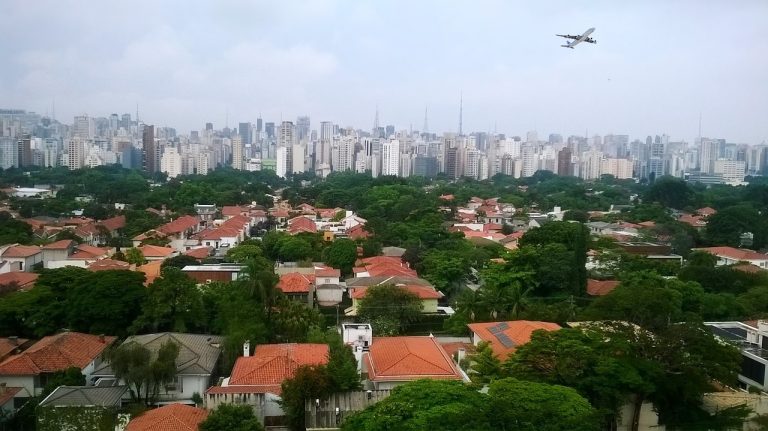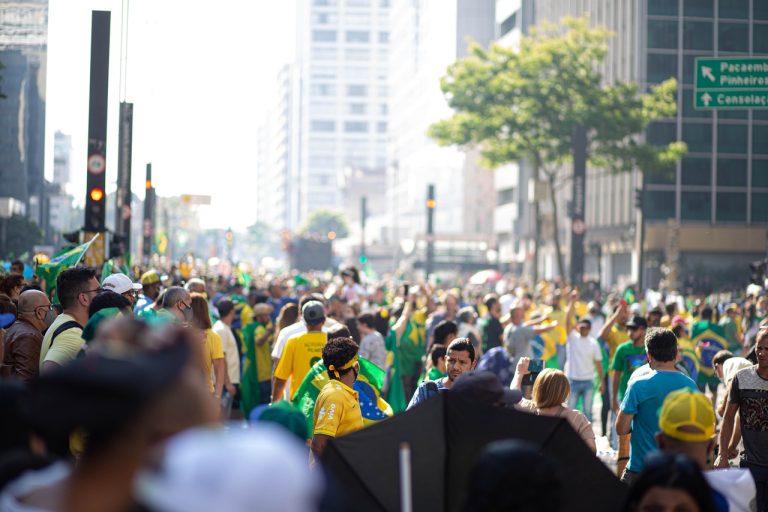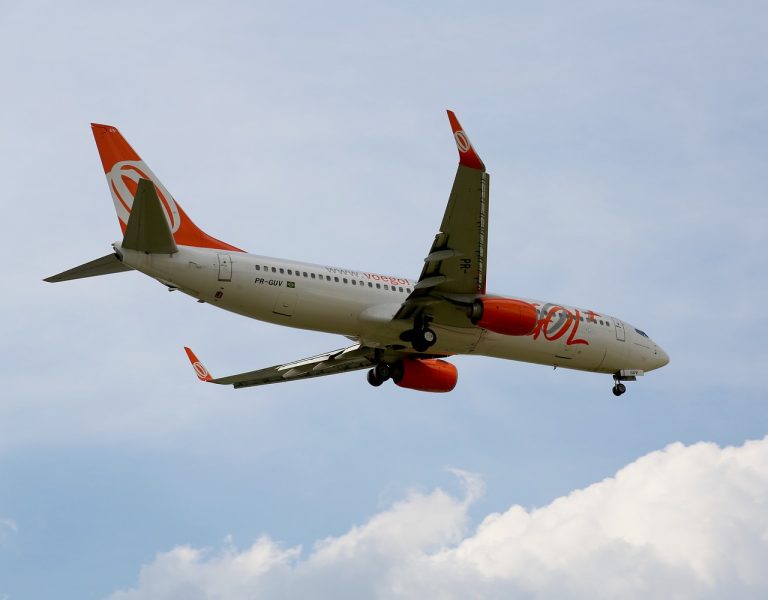São Paulo Brazil Video
São Paulo’s Early History
São Paulo, the largest city in Brazil and one of the largest in the world, has a rich cultural history that dates back centuries. The city was founded in 1554 by Jesuit missionaries who established a mission named São Paulo dos Campos de Piratininga. Initially, São Paulo was a small village centered around a church and a college. Over time, it grew into a bustling city due to its strategic location and the economic opportunities it offered. The city’s early history was marked by the influence of indigenous peoples, Portuguese colonization, and the influx of immigrants from various parts of the world.
- Indigenous Influence: The region where São Paulo is located was originally inhabited by indigenous tribes, such as the Tupiniquim and Guarani. These tribes had a significant impact on the cultural development of the region, influencing aspects such as language, art, and spirituality.
- Portuguese Colonization: In the 16th century, the Portuguese arrived in Brazil and established colonies along the coast. São Paulo became an important center for the production of sugar cane, which was a major export commodity at the time. The Portuguese brought their language, religion, and customs, which shaped the cultural fabric of the city.
- Immigration Waves: From the late 19th century onwards, São Paulo experienced several waves of immigration, particularly from Europe. Immigrants from Italy, Japan, Lebanon, and other countries arrived in large numbers, bringing their traditions, food, and cultural practices. This diversity has contributed to São Paulo’s vibrant and multicultural character.

São Paulo’s Architecture and Landmarks
São Paulo is known for its impressive architecture and iconic landmarks that reflect its cultural evolution over the years. From colonial buildings to modern skyscrapers, the city’s architectural landscape is a testament to its rich history and contemporary development.
- Municipal Theatre of São Paulo: Built in the early 20th century, the Municipal Theatre is one of the city’s most important cultural landmarks. It showcases a blend of architectural styles, including neoclassical and art nouveau, and hosts opera, ballet, and theater performances.
- Edifício Copan: Designed by renowned Brazilian architect Oscar Niemeyer, Edifício Copan is a massive residential building that has become an iconic symbol of São Paulo. Its sinuous shape and sheer size make it a striking sight in the city’s skyline.
- Museu de Arte de São Paulo (MASP): Located on Avenida Paulista, MASP is a prominent art museum known for its unique architectural design. The museum’s suspended structure, created by Lina Bo Bardi, allows for an open plaza underneath, creating a dynamic space for exhibitions and cultural events.
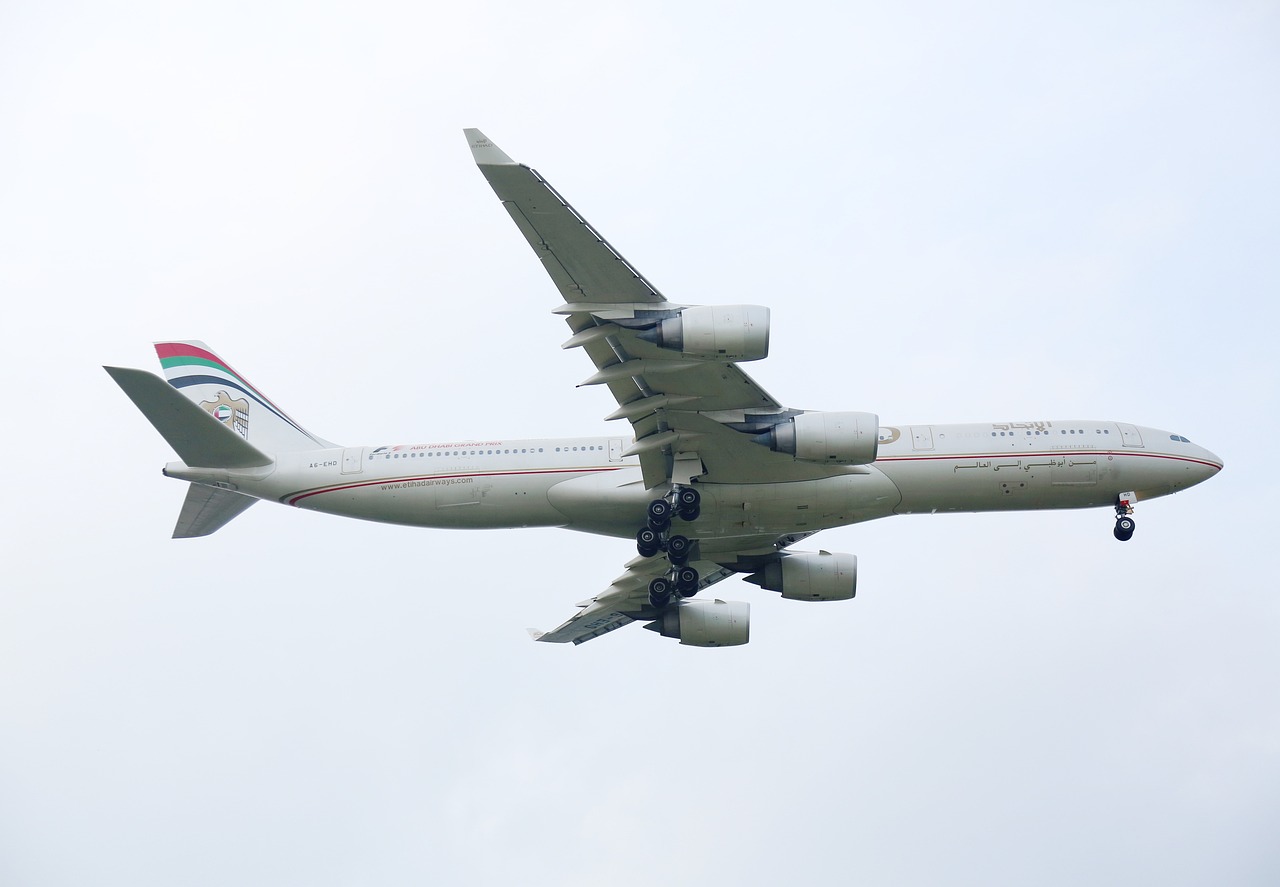
São Paulo’s Cultural Institutions
São Paulo is home to a wide range of cultural institutions that celebrate and preserve the city’s diverse heritage. These institutions play a crucial role in promoting arts, culture, and education, attracting both locals and tourists.
- The São Paulo Museum of Art (MASP): As mentioned earlier, MASP is not only an architectural landmark but also one of the most important art museums in Latin America. It houses an extensive collection of European and Brazilian art, including works by renowned artists such as Van Gogh, Monet, and Portinari.
- The São Paulo Museum of Contemporary Art (MAC): Located on the campus of the University of São Paulo, MAC focuses on contemporary art and hosts a diverse range of exhibitions, workshops, and cultural events.
- The Pinacoteca do Estado de São Paulo: Founded in 1905, the Pinacoteca is the oldest art museum in São Paulo. It houses a collection of Brazilian art from the 19th century to the present day, featuring works by artists like Candido Portinari and Anita Malfatti.
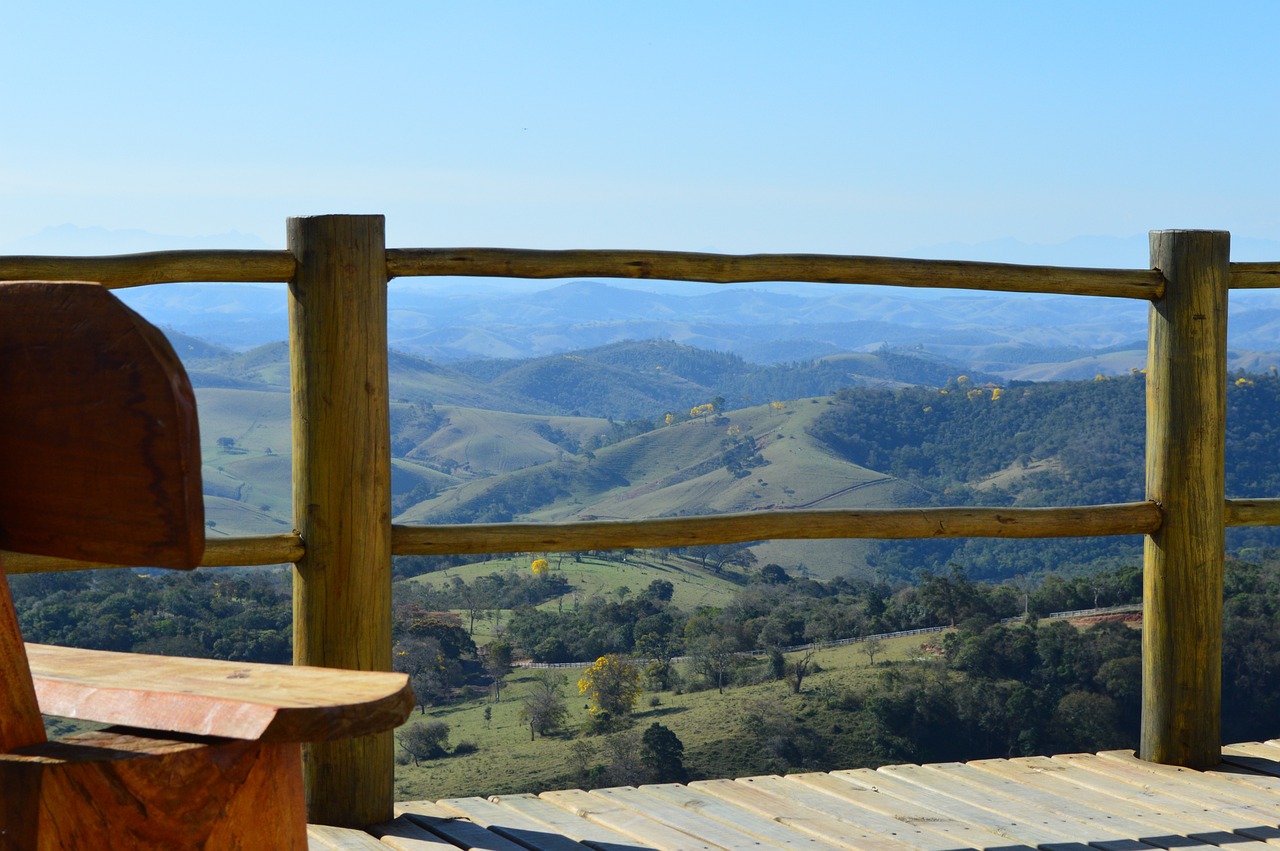
São Paulo’s Culinary Scene
São Paulo is a haven for food lovers, offering a wide array of culinary delights influenced by its multicultural population. The city’s diverse gastronomy reflects the fusion of traditional Brazilian flavors with international cuisines.
- Feijoada: A traditional Brazilian dish, feijoada is a black bean stew made with various cuts of pork. It is often served with rice, collard greens, and farofa (toasted cassava flour).
- Pastel: Pastel is a popular street food in São Paulo. It consists of a deep-fried pastry filled with a variety of savory fillings, such as cheese, meat, or shrimp.
- Pão de Queijo: Originating from the state of Minas Gerais, pão de queijo is a cheesy bread roll that has become a staple in São Paulo’s bakeries and breakfast spots.
- Japanese Cuisine: Due to the large Japanese community in São Paulo, the city boasts excellent sushi, sashimi, and other Japanese dishes. The Liberdade neighborhood is known for its Japanese restaurants and street markets.
São Paulo’s Music and Festivals
São Paulo is a hub of musical talent and hosts numerous festivals throughout the year, showcasing a variety of genres and styles. The city’s music scene is diverse, ranging from traditional Brazilian rhythms to contemporary pop and rock.
- São Paulo Carnaval: While Rio de Janeiro is famous for its carnival, São Paulo also hosts its own vibrant celebration. The São Paulo Carnaval features colorful parades, samba schools, and live music performances that attract locals and tourists alike.
- São Paulo Jazz Festival: Held annually, the São Paulo Jazz Festival brings together renowned jazz musicians from Brazil and around the world. The festival showcases a mix of traditional jazz, fusion, and experimental performances.
- Virada Cultural: The Virada Cultural is a 24-hour cultural event that takes place in various locations across the city. It offers a diverse program of music, theater, dance, and art, attracting large crowds of people.
São Paulo’s Parks and Green Spaces
Despite being a bustling metropolis, São Paulo boasts several parks and green spaces where residents and visitors can relax, engage in outdoor activities, and enjoy nature.
- Ibirapuera Park: Considered São Paulo’s most famous park, Ibirapuera Park offers a large green area for jogging, cycling, picnicking, and enjoying outdoor concerts. It is also home to several museums, such as MASP and the Afro Brazil Museum.
- Parque da Luz: Located near the Pinacoteca do Estado de São Paulo, Parque da Luz is a historic park that features beautiful gardens, fountains, and sculptures. It is a popular spot for leisurely walks and enjoying nature in the heart of the city.
- Horto Florestal: Situated in the northern part of São Paulo, Horto Florestal is a large park characterized by its lush vegetation and walking trails. It is an ideal place for hiking, birdwatching, and escaping the city’s hustle and bustle.
São Paulo’s Shopping and Entertainment
São Paulo is a shopaholic’s paradise, offering a wide range of shopping options, from high-end boutiques to sprawling malls. The city also boasts a vibrant nightlife with numerous bars, clubs, and live music venues.
- Rua Oscar Freire: Known as São Paulo’s luxury shopping street, Rua Oscar Freire is lined with designer boutiques, upscale shops, and trendy cafes. It is a must-visit destination for fashion enthusiasts.
- Shopping Paulista: Located on Avenida Paulista, Shopping Paulista is one of the city’s most popular malls. It houses a wide variety of stores, restaurants, and entertainment options, including a cinema complex.
- Vila Madalena: Vila Madalena is a bohemian neighborhood known for its lively nightlife. It is home to numerous bars, restaurants, and art galleries, making it a hotspot for both locals and tourists.
São Paulo’s Sports Culture
São Paulo has a fervent sports culture, with football (soccer) being the most popular sport in the city. The city is home to several renowned football clubs and has hosted major sporting events.
- São Paulo FC: São Paulo FC is one of the most successful football clubs in Brazil, having won numerous national and international titles. The club’s stadium, Morumbi Stadium, is one of the largest in the country.
- Corinthians: Sport Club Corinthians Paulista, commonly known as Corinthians, is another prominent football club in São Paulo. The team has a passionate fan base and plays its home matches at the Corinthians Arena.
- Formula 1 Brazilian Grand Prix: São Paulo hosts the Formula 1 Brazilian Grand Prix at the Autódromo José Carlos Pace (Interlagos) circuit. The race attracts motorsport enthusiasts from around the world.
São Paulo’s Education and Innovation
São Paulo is a major educational and innovation hub, with numerous universities, research centers, and technology companies located in the city.
- University of São Paulo (USP): As one of the largest and most prestigious universities in Latin America, USP offers a wide range of academic programs and is a center for cutting-edge research.
- Technological Park of São Paulo: The Technological Park of São Paulo is a hub for innovation and entrepreneurship, housing startups, research institutions, and technology companies.
- Science Museum of the University of São Paulo: Located within the University of São Paulo campus, the Science Museum promotes scientific education and exploration through interactive exhibits and educational programs.
São Paulo’s Transportation System
São Paulo has a vast transportation system that includes buses, subway lines, and taxis, allowing residents and visitors to navigate the city efficiently.
- São Paulo Metro: The São Paulo Metro, known as the Metrô, is a rapid transit system with several lines that serve different areas of the city. It is a convenient and reliable mode of transportation for both commuters and tourists.
- Bus System: São Paulo has an extensive bus network that covers the entire city. Buses are a popular mode of transportation, offering various routes and connecting different neighborhoods.
- Taxis and Rideshares: Taxis and rideshare services, such as Uber and 99, are widely available in São Paulo. They provide convenient transportation options for those who prefer not to use public transportation.
Conclusion
São Paulo, Brazil’s cultural capital, has undergone a remarkable evolution throughout its history. From its humble beginnings as a small village to becoming a bustling metropolis, São Paulo’s cultural fabric is a testament to its indigenous roots, Portuguese influence, and waves of immigration. The city’s architecture, landmarks, museums, culinary scene, music festivals, parks, shopping, sports culture, education, and transportation system all contribute to its vibrant and cosmopolitan atmosphere. São Paulo is a city that embraces diversity and offers a wealth of experiences for both locals and visitors.
References
- ibge.gov.br
- sp.gov.br
- masp.org.br
- mac.usp.br
- pinacoteca.org.br
- timeout.com
- spturis.com


